Top Tips for a Thorough Roof Inspection
Checking your roof is crucial to spotting problems early. This guide covers the essentials of a roof inspection, signs of damage, and when to hire a professional.
Key Takeaways
-
A comprehensive roof inspection involves checking both the interior (attic and home ceilings) and exterior (shingles, gutters, and roof penetrations) for signs of damage, such as water stains, missing shingles, and moss buildup.
-
Regular roof inspections, ideally conducted biannually or annually, are crucial for identifying early issues, enhancing energy efficiency, preventing extensive damage, and prolonging the roof’s lifespan.
-
Hiring a professional roof inspector is recommended for accurate assessments using specialized tools, and can prevent DIY errors that might void warranties or miss underlying problems. Comparing quotes and checking contractor credentials ensure quality service.
Top Tips for a Thorough Roof Inspection
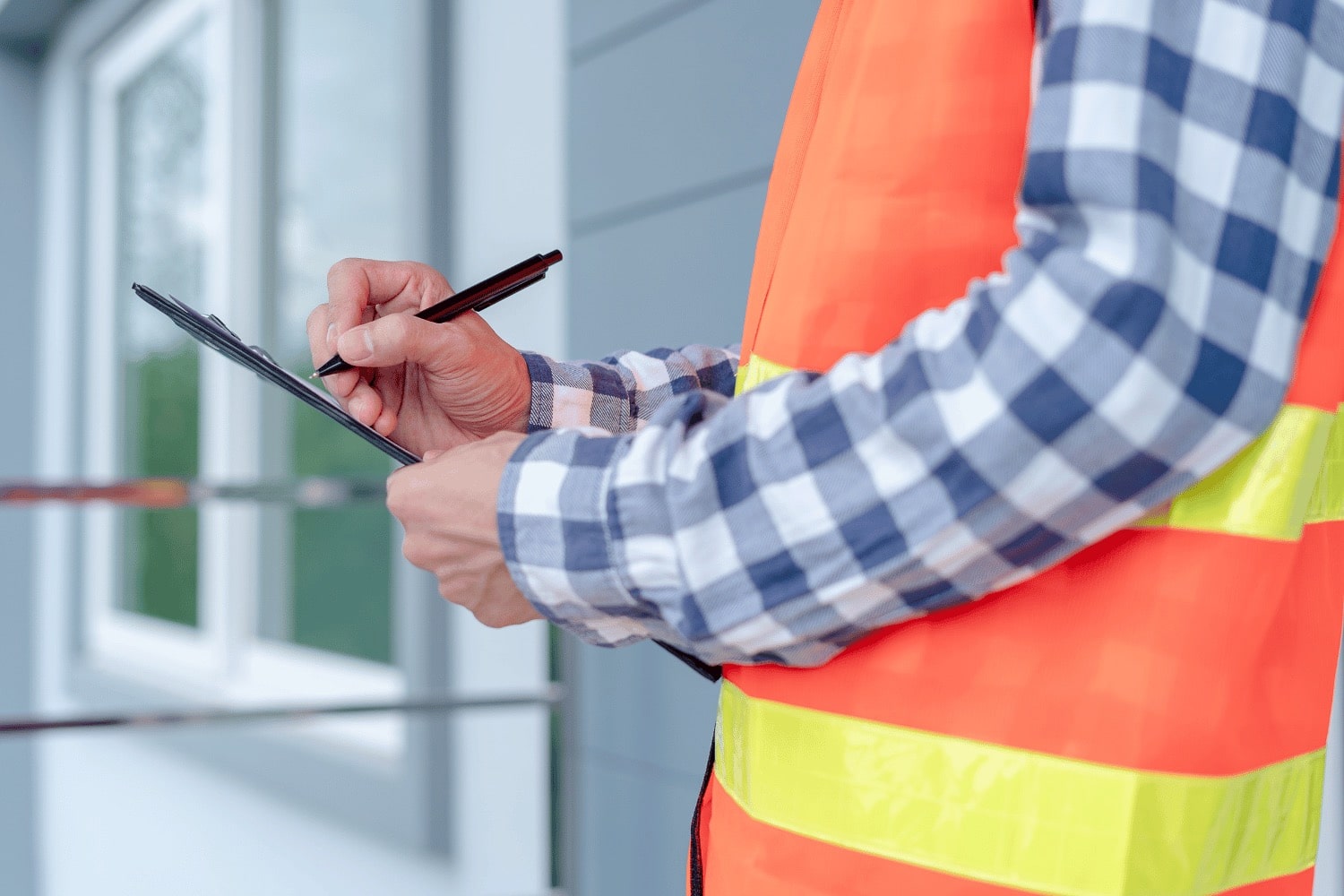
A thorough roof inspection involves more than just a quick glance from the ground. Start by examining the interior of your home for any signs of damage. Look for dark spots on ceilings or water leaks, as these can indicate serious issues that need addressing. In the attic, check for stains or water damage on the bare wood, which can reveal the location of a potential roof problem.
Moving to the exterior, inspect the roofing materials for visible signs of wear or damage, as this might indicate the need for a roof replacement. Look for:
-
missing or broken shingles, as these need immediate replacement to avoid further damage
-
the condition of the gutters and downspouts, checking for blockages and ensuring they are securely attached to prevent leaks
-
regularly clearing moss and debris from the roof to maintain its condition and prevent decay
Don’t forget to assess the roof’s ventilation system. Proper ventilation is essential to prevent moisture buildup and regulate temperature, both of which are vital for the longevity of your roof.
Document all your findings with detailed notes and photographs. This documentation will be invaluable for future reference and when discussing any needed repairs with a roofing professional.
Introduction
The roof is the primary shield of your home against the elements, making its maintenance of utmost importance. A home inspection, which includes a proper roof inspection, is a thorough examination of all roofing components on or in a home to determine their current performance and identify any necessary corrections.
Through this guide, you will learn:
-
Why regular roof inspections are crucial
-
Understand the roof inspection process
-
Discover key areas to inspect
-
Explore the costs associated with roof inspections
-
Provide tips on choosing a reliable roofing contractor
By the end of this guide, you’ll be well-equipped to either conduct your own roof inspection or know what to expect when hiring a professional.
Why Regular Roof Inspections Are Crucial
Maintaining the condition of your roof and ensuring its durability against time and harsh weather relies heavily on regular roof inspections. By identifying issues early, you can prevent costly repairs and extend the lifespan of your roof. For instance, finding piles of colored grit in gutters suggests that asphalt shingles are losing their protective granules, signaling the need for replacement.
Additionally, routine checks aid in identifying structural issues like sagging, unevenness, or decay in supporting structures. Addressing these problems promptly can save you from more significant issues down the line. Documenting your findings with detailed notes and photographs during each inspection helps in keeping track of the roof’s condition over time.
In addition to preventing damage, regular roof inspections contribute to better energy efficiency. Here are some benefits of a well-maintained roof with proper ventilation:
-
Prevents moisture buildup
-
Helps regulate the temperature inside your home
-
Prolongs the roof’s lifespan
-
Cuts down on energy costs
Understanding the Roof Inspection Process
A roof inspection entails a professional inspector’s visit, who scrutinizes the roof both from the inside and outside. This process includes accessing areas like the attic and garage, and typically takes 30 minutes to one hour for a mid-sized, single-story home, and up to two hours for larger homes. The responsibility of a roof inspector involves evaluating the state of every roof component and identifying the cause of any issues.
During the inspection, roofing professionals look at the roof deck, frame, surface materials, and interior spaces like attics and crawl spaces. They use specialized tools and technologies such as infrared cameras, aerial cameras, and satellite images to provide a comprehensive examination. To have your roof inspected, it is best to have a close examination from on the roof itself, which provides a more accurate assessment of the condition of the roofing material than trying to gauge it from the ground.
After a thorough inspection, you should receive a detailed analysis of the roof’s condition, listing problem areas or concerns, often supported by photographs. The report usually begins with details about the roof’s age, manufacturer, slope, and height, followed by written descriptions, grid diagrams, and photos of the findings. This comprehensive report helps in making informed decisions about necessary repairs or replacements.
Key Areas to Inspect on Your Roof

During a roof inspection, it’s vital to concentrate on three significant areas: roofing materials, structural solidity, and roof penetrations along with flashing. Each of these components plays a vital role in the overall health of your roofing system and requires careful examination.
Roofing Materials
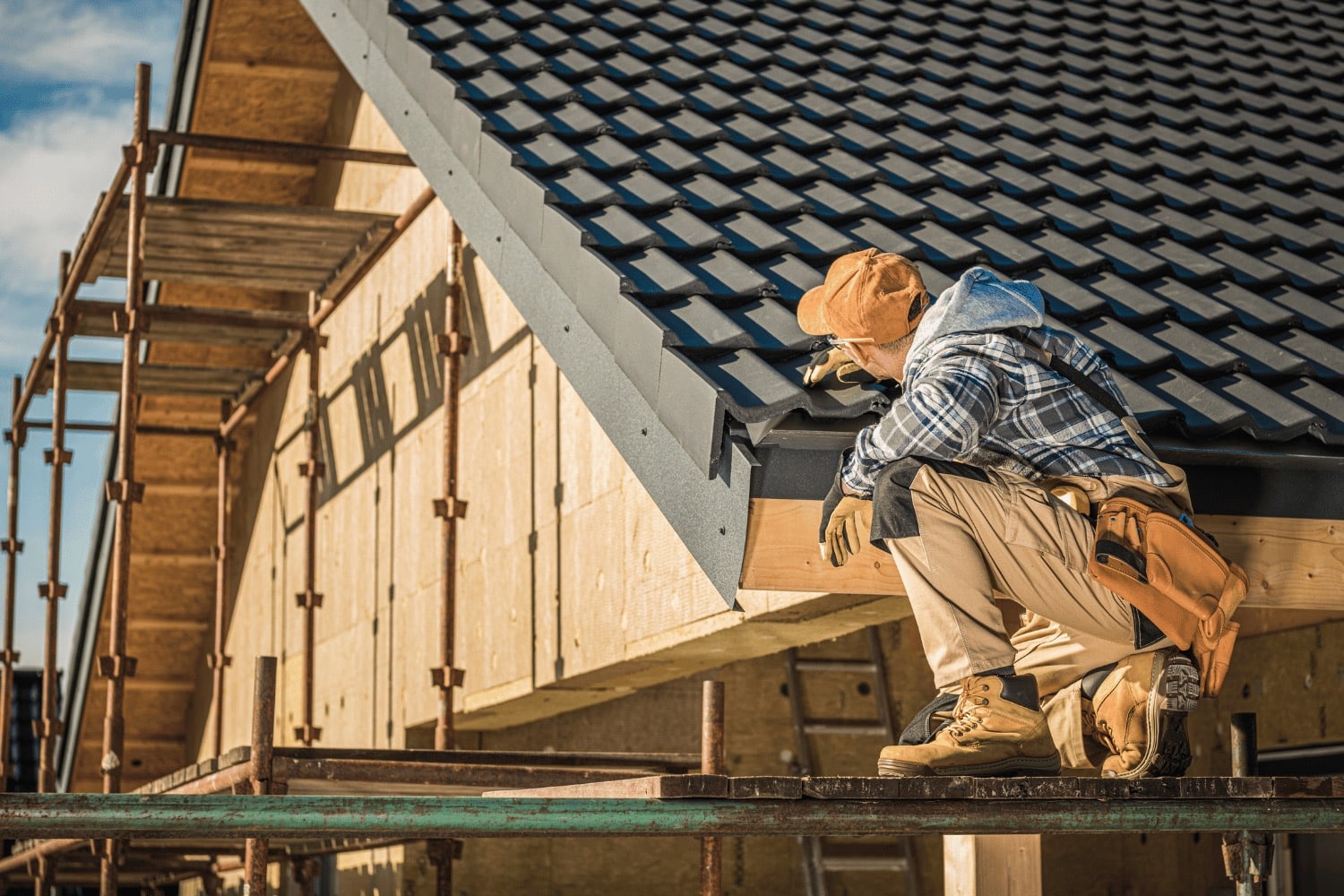
Inspectors check for signs of damage such as cracks, splits, curling, and missing granules on shingles, as well as missing shingles themselves. They also look for cracks and chips on slate and tiles, and rust, corrosion, and split seams on metal roofs. Additionally, moss or algae buildup can indicate underlying problems that need to be addressed.
Roof valleys, where two roof planes meet, are particularly prone to leaks and require close inspection. Similarly, flashing around roof features like chimneys and skylights must be checked for cracks or rust, as these are common sources of leaks.
Structural Integrity

The structural inspection focuses on examining the well-being of the main components of the roofing system, including the decking, rafters, and joists. Inspectors scan these elements for signs of damage such as sagging or rot, which can compromise the roof’s stability.
It’s crucial to identify any structural weaknesses early to prevent more significant issues. Cracking or splintering in rafters and joists can be a sign of underlying problems that need immediate attention.
Roof Penetrations and Flashing
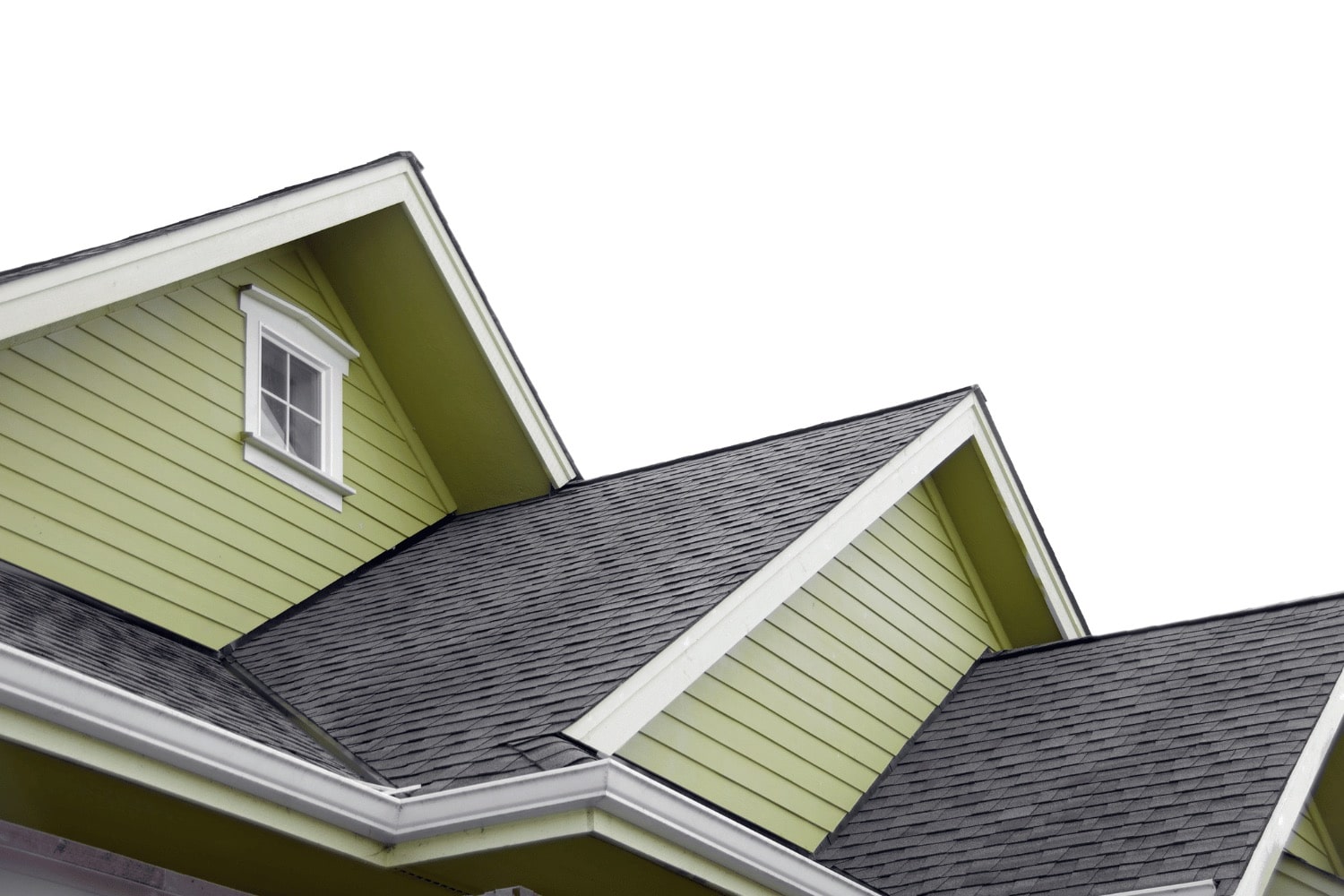
Roof penetrations, such as skylights, chimneys, and vent pipes, are common sources of leaks and require thorough inspection. Inspectors check for cracked and worn rubber boots around vent pipes and examine the flashing for rust or cracks. Properly installed flashing is crucial for diverting water away from joints where the roof meets walls or other structures. Roof repairs, especially around these penetrations, can help prevent further damage.
Additionally, inspectors will examine associated features like chimney caps and masonry to ensure they are in good condition and not contributing to potential leaks.
Interior Inspection: What to Look For
The inspection of your home’s interior holds equal significance to the exterior examination. Roof leaks can often be more apparent from inside the house, with dark spots on ceilings or peeling paint on roof overhangs being early signs. In the attic, look for stains or water damage on the bare wood, which can indicate roof problems.
Proper ventilation in the attic is essential for maintaining consistent temperature and regulating humidity. Issues such as condensation or cracks might be mistaken for roof problems, so it’s important to ensure the attic is accessible and well-lit for a thorough inspection.
How Often Should You Get a Roof Inspection?
Although roof inspections are ideally conducted biannually, an annual check-up still offers benefits. It is recommended to schedule a roof inspection during the fall to identify any issues before harsh weather conditions set in.
Additionally, it’s crucial to inspect your roof after any extreme weather event, such as hail, snow, or wind, to assess and repair any damage. Regular roof inspections help in maintaining the roof’s condition and preventing costly repairs.
Professional vs. DIY Roof Inspections
Employing a professional roof inspector guarantees a precise assessment of your roof’s state through a professional roof inspection. Professionals, such as a roofing inspector, have specialized knowledge and experience with roofing systems, including understanding the multiple layers and components beneath the shingles. They use specific tools, such as infrared cameras and safety harnesses, which require training to use correctly.
Conversely, while DIY roof inspections might save immediate costs, they can lead to errors causing significant problems in the future. DIY attempts can also void manufacturer warranties that require correct installation by trained professionals. For peace of mind and quality assurance, it is often best to hire a professional.
Costs Associated with Roof Inspections
Factors like roof size, complexity, and accessibility greatly influence the varying costs of roof inspections. Simple visual inspections typically cost between $75 and $200, while more detailed inspections using infrared technology can range from $400 to $600. Geographic location and market conditions also play a significant role in determining roof inspection cost.
To get the best value, compare quotes from different inspectors before making a final decision. While some roofing companies offer free roof inspections, these may be limited in scope compared to more comprehensive paid inspections.
Choosing a Reliable Roofing Contractor
Securing a dependable roofing contractor is key to guarantee quality work on your roof. Here are some steps to help you find the right contractor:
-
Check local listings and look for online reviews to identify top-rated contractors in your area.
-
Ask friends, family, and trusted tradespeople for recommendations.
-
Beware of pop-up companies with no physical address.
To hire a contractor, follow these steps:
-
Verify the contractor’s qualifications, including licenses, insurance, and past project references.
-
Ensure they provide a clear contract detailing all aspects of the job, including costs, materials, labor, and taxes.
-
Getting quotes from at least three contractors allows you to compare pricing and services.
A reliable roofing contractor should also outline a timeline with milestones, estimated completion dates, and any preparatory work. Discuss a cleanup strategy to ensure no debris is left behind after the job is done.
Common Roof Issues Found During Inspections
Typical problems discovered during roof inspections encompass:
-
Damaged shingles
-
Weather-induced damage
-
Algae proliferation
-
Sagging roof decks
-
Incorrect repairs
High winds and hail can cause significant shingle damage, while algae growth on shingles can signal water collection or underlying rot.
Inspectors also look for signs of improper support or excessive weight on the roof, which can lead to sagging roof decks. Two layers of shingles indicate a temporary fix and potential underlying rot or deterioration.
Preparing for a Roof Inspection
Several practical steps are involved in preparing for a roof inspection. Here are some things you can do:
-
Clear any debris, like leaves and branches, from the roof and gutters to give the inspector clear access.
-
Trim overhanging tree branches.
-
Move any vehicles away from the house.
Make a list of any known roof issues or leaks to inform the inspector and ensure pets are secured inside the home to avoid distractions during the inspection.
What to Do After Receiving Your Roof Inspection Report
Once you receive your roof inspection report, meticulously review it to comprehend the roof’s state, any suggested repairs, and apprehensions about potential roof collapse. Addressing roofing problems promptly can save on repair costs in the long run.
If there is suspected roof damage due to a storm or falling debris, immediately call your home insurance provider. If you want to make a claim, insurance companies may ask for an official report from a professional inspector or reputable roofing company. This can help them assess the damage accurately and process your claim efficiently.
Summary
Regular roof inspections are essential for maintaining the integrity of your home. By understanding the inspection process, knowing what to look for, and addressing issues promptly, you can extend the lifespan of your roof and prevent costly repairs. Take action today to ensure your roof remains in top condition.
Frequently Asked Questions
How often should I get my roof inspected?
You should get your roof inspected at least once a year, and after any extreme weather events. This will help ensure its safety and longevity.
What are the costs associated with roof inspections?
Roof inspection costs can range from $75 to $900, depending on factors such as roof size, complexity, and the type of inspection conducted. Be prepared for this potential range of costs when scheduling an inspection.
Can I perform a roof inspection myself?
It’s best to hire a professional for a roof inspection to ensure an accurate evaluation and prevent potential issues from being overlooked.
How do I choose a reliable roofing contractor?
To choose a reliable roofing contractor, check local listings, verify qualifications, ask for references, and compare quotes from at least three contractors. This will help ensure you make an informed decision.
What are common issues found during roof inspections?
Common issues found during roof inspections are damaged shingles, weather damage, algae growth, sagging roof decks, and improper repairs. These issues need to be addressed promptly to prevent further damage.
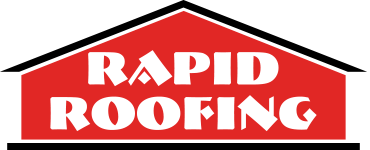
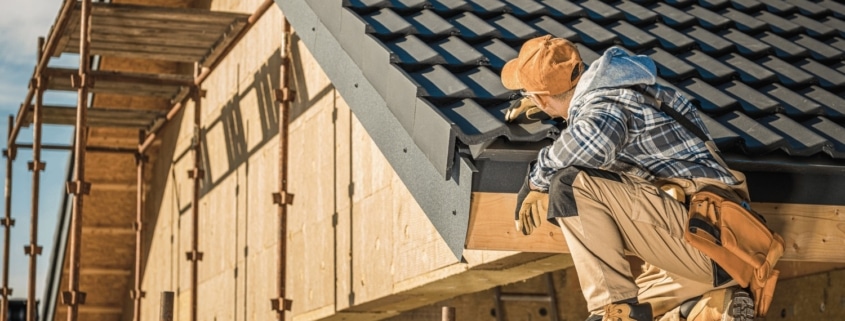
 Residential Roofing
Residential Roofing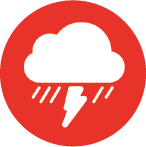 Storm Damage
Storm Damage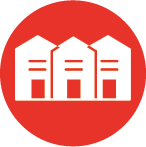 Multi-Family Homes
Multi-Family Homes
